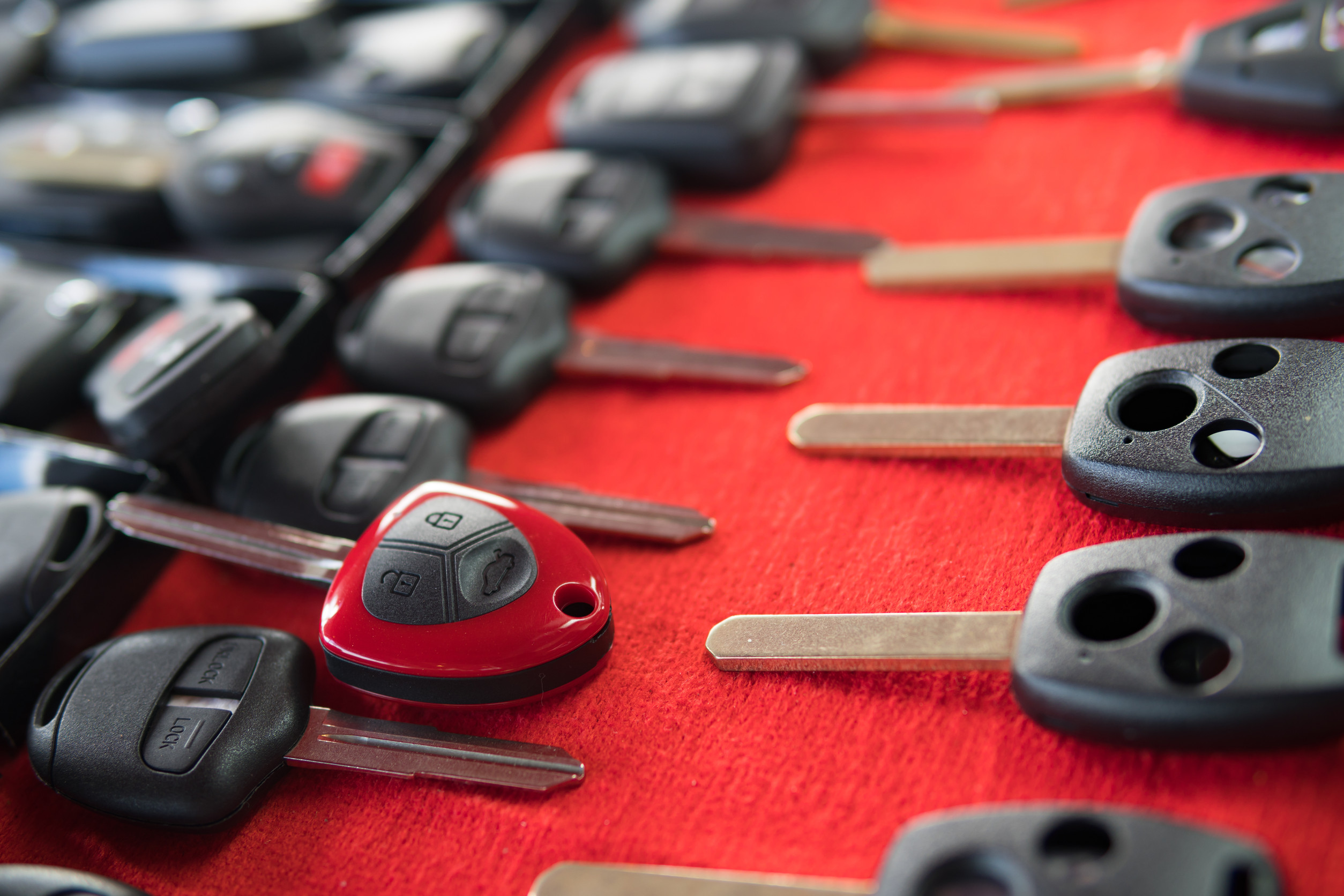
Cars today are packed with cutting-edge technology, from advanced driver-assistance systems to digital dashboards that seem pulled from a sci-fi movie. Yet, while automakers race ahead with innovation, a surprising number of once-common safety features have quietly disappeared from the standard package. Some were victims of cost-cutting; others fell out of favor as new tech replaced old methods.
For drivers who grew up with these features, their absence might come as a shock the next time they slide behind the wheel of a new vehicle. Understanding what’s no longer standard helps highlight just how much car safety—and priorities—have evolved.
1. Full-Size Spare Tire
Once a reassuring presence in every trunk, the full-size spare tire has become a rarity in modern cars. Many manufacturers have replaced it with a compact “donut” or even a tire repair kit to save weight and improve fuel economy. Drivers now face the risk of being stranded if a puncture can’t be patched on the roadside. While roadside assistance has improved, the comfort of a full spare is hard to match. Its disappearance reminds drivers to check what’s included before setting out on a long road trip.
2. Manual Handbrake
The satisfying click of a manual handbrake lever is fading into memory as electronic parking brakes take over. Automakers tout convenience and cabin space savings as reasons for the switch. However, manual handbrakes offered a level of driver control and were easily repaired when faulty. The electronic versions can fail without warning and often cost far more to fix. This subtle shift means drivers lose a hands-on connection with their cars that once made parking feel secure.
3. Pop-Up Headlights
Once a symbol of sporty design and aerodynamic flair, pop-up headlights are extinct in today’s production cars. Safety regulations and pedestrian protection standards sounded their death knell. While not a direct safety feature for occupants, pop-up lights improved visibility while maintaining sleek styling when stowed. Their mechanical complexity also made them prone to malfunctioning. Drivers today settle for static LED arrays that offer function but none of the nostalgic charm.
4. Bench Seats in the Front
Decades ago, the front bench seat was the norm in family sedans and trucks, providing ample space for three adults up front. Modern safety standards and the advent of airbags and center consoles pushed them out of production. Bucket seats now dominate, offering better lateral support and integrating modern restraint systems. While safer in a crash, they eliminate the option of seating an extra passenger up front. This shift changed not just comfort but the entire dynamic of a car’s cabin.
5. Steel Bumpers
Solid steel bumpers once made cars feel like rolling tanks, absorbing low-speed impacts with barely a dent. Today’s cars use plastic bumper covers and crumple zones designed to absorb energy more effectively during a collision. Though structurally safer in serious crashes, modern bumpers are expensive to repair after even minor scrapes. The tough steel bar provided visible, practical protection that modern styling often sacrifices. Some drivers still miss the rugged reassurance they offered in crowded parking lots.
6. Full-Size Spare Key
Cars once came with two identical metal keys, one for daily use and one to stash at home for emergencies. With the rise of electronic fobs and digital security, a traditional spare key is no longer a given. Replacing a lost or damaged smart key now involves programming and significant cost. In the past, a hidden spare could rescue a driver locked out far from home. Its absence highlights how modern convenience sometimes complicates simple solutions.

7. Locking Fuel Caps
Years ago, fuel theft was common enough that most cars came standard with locking gas caps. As theft rates dropped and fuel doors with internal releases became the norm, the locking cap disappeared. While new cars still secure the fuel door electronically, the physical lock added an extra layer of security. For some, it offered peace of mind when leaving a car parked overnight in unfamiliar places. Its removal shows how changes in crime trends shape everyday car design.
8. Antennas with Manual Retract
Many cars once had extendable antennas that drivers pulled up or down by hand. These simple devices reduced breakage risk in car washes or tight parking spots. Today’s hidden or shark-fin antennas look sleeker but can’t be retracted when vulnerable. Modern designs integrate better with electronics but sacrifice this small element of user control. The old manual mast was a reminder that sometimes low-tech solutions were the most practical.
9. Ashtrays and Cigarette Lighters
Though smoking inside cars has dropped sharply, ashtrays and cigarette lighters were once standard in every new vehicle. They doubled as power outlets for small electronics long before USB ports existed. Removing them reflects changing social norms and health priorities as well as a push for cleaner interiors. Some drivers still miss the lighter socket’s versatility for gadgets and chargers. While 12V outlets remain, the dedicated lighter is an artifact of a different era on the road.
10. Headlight Wipers
Luxury cars in the 1980s and 1990s often boasted tiny wipers that cleared dirt and snow from headlights. As headlight designs advanced and brighter, self-cleaning materials emerged, this extra touch faded away. Today’s powerful LEDs and headlamp washers make dedicated wipers unnecessary for most conditions. However, in regions with harsh winters, they once made night driving safer by keeping beams clear. Their loss shows how modern efficiency sometimes retires even helpful touches.
Remembering What’s Lost on the Road
Modern cars are safer than ever, thanks to airbags, sensors, and sophisticated crash structures. Yet these vanished features show how even safety evolves alongside style, cost, and technology. Some drivers may feel nostalgic for the full-size spare or sturdy steel bumper that gave peace of mind. Others see the changes as necessary steps toward smarter, more efficient driving.
What safety features do readers wish would make a comeback? Share thoughts or memories in the comments below—because sometimes the past still has lessons for the road ahead.
Read More
Why Thousands of New Cars Are Rotting Away in Secret Lots Across America
Invest in Your Future: Building a Career in the Automotive Industry
The post 10 Safety Features in Cars That Are No Longer Standard appeared first on Everybody Loves Your Money.







